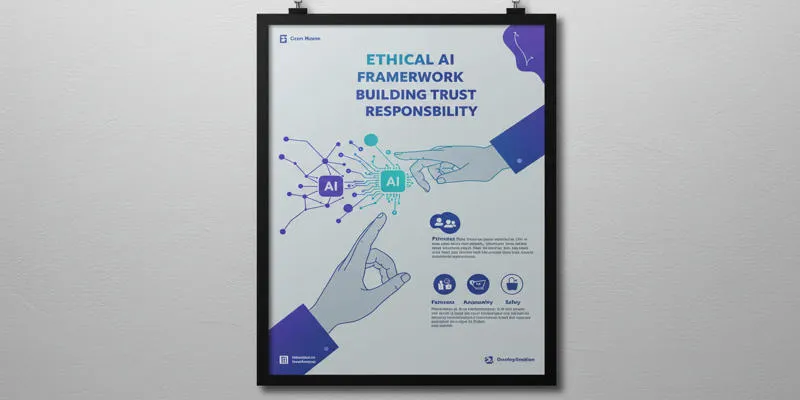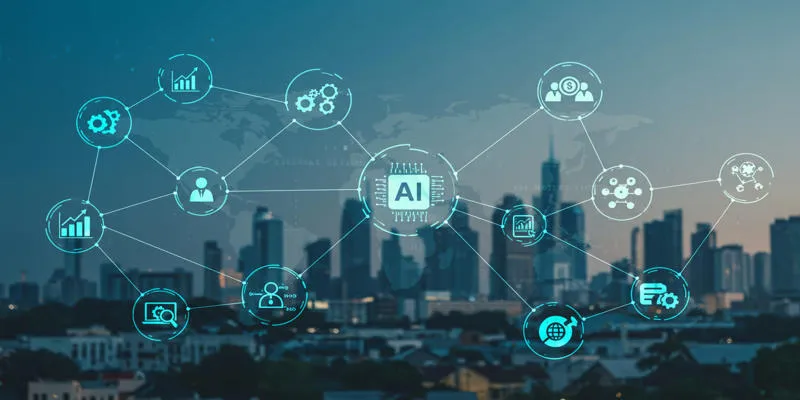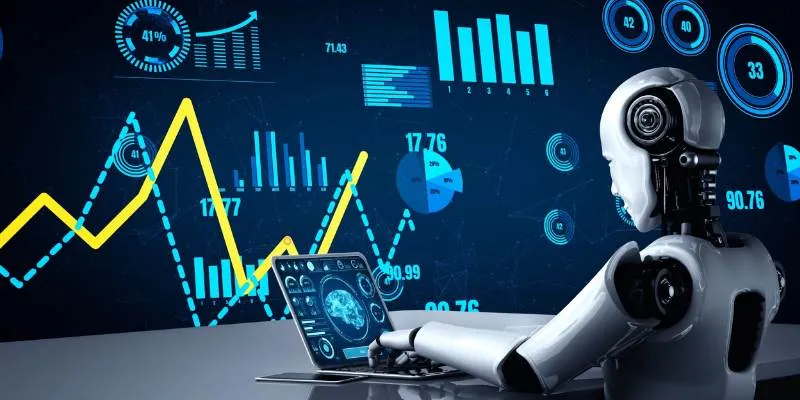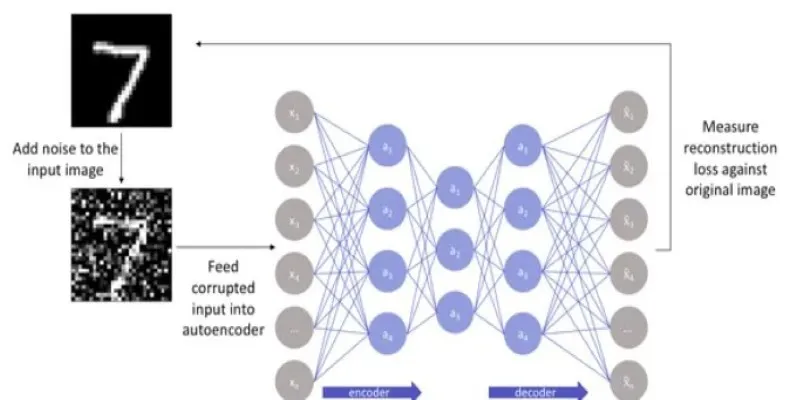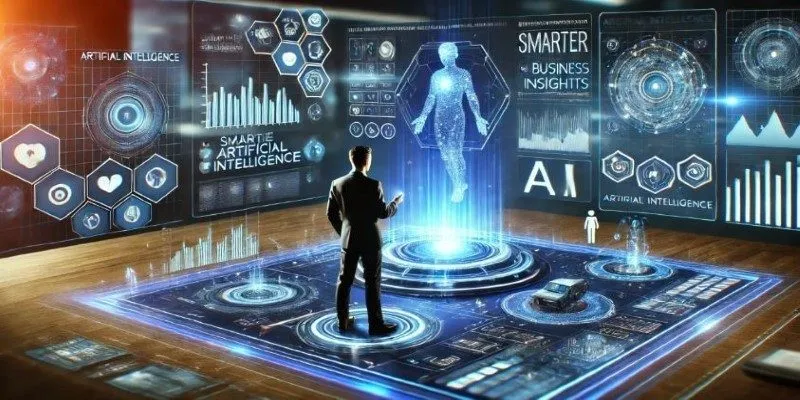Sports have always been a dynamic blend of strategy, instinct, and statistics. However, the integration of AI in sports analytics is revolutionizing the game. Today, teams no longer rely solely on human judgment; AI-driven systems analyze vast datasets, uncovering insights that were once impossible to process manually. The rise of machine learning in sports is optimizing training, refining game-day tactics, and enhancing player performance.
AI detects patterns, forecasts results, and tailors strategies, making teams more competitive. From injury prevention to real-time decision-making, technology is reshaping how athletes prepare and compete. With further advancements in AI, its role in data analytics in sports will continue to grow, becoming an increasingly essential aspect of winning.
AI’s Role in Performance Analysis
Athlete performance analysis is one of the most significant areas where AI has a profound impact. Coaches and analysts use AI-powered tools to measure everything from a player’s stamina levels to their response times. Through data collected from wearable sensors, cameras, and other monitoring technologies, AI systems can analyze an athlete’s movements, energy output, and fatigue levels. This information enables trainers to tailor training programs to specific physical requirements, moving away from one-size-fits-all fitness regimens.
AI’s instant analysis provides teams with real-time feedback during gameplay. Sports data analytics, coupled with motion tracking technology, can quantify a player’s movements on the field or court, allowing coaches to make tactical adjustments instantly. For example, in basketball, AI can analyze shooting forms and recommend changes to increase accuracy. In football, AI algorithms analyze passing tendencies to identify gaps in an opposing team’s defense. These insights ensure that players and teams continually evolve their strategies based on actionable data rather than instinct alone.
AI’s influence extends beyond professional athletics, impacting amateur athletes and fitness enthusiasts alike. AI-driven programs analyze running form, offer real-time instruction, and recommend changes to enhance endurance and speed. At both elite competition levels and individual fitness, AI empowers athletes to push their limits more effectively.
Injury Prevention and Player Health
Athletes constantly push their bodies to the limits, making injuries an inherent part of sports. However, AI is now being used to predict and prevent injuries before they occur. Machine learning models analyze an athlete’s biomechanics, training load, and past injuries to detect patterns that could lead to potential issues. By studying these data points, AI can recommend rest periods, recovery protocols, and training adjustments to reduce injury risk.

Many professional teams use AI-driven monitoring systems to track players' physical conditions. Wearable technology records heart rates, muscle exertion, and stress levels, while AI processes this data to provide insights into an athlete’s health. If a player shows signs of overtraining or muscular imbalances, AI can alert coaches, allowing them to modify the athlete’s workload before it leads to an injury.
One of the significant breakthroughs in AI-driven performance analysis is its ability to create personalized rehabilitation plans. AI tailors recovery exercises based on an individual’s injury history and current condition, ensuring rehabilitation is both effective and safe. By tracking progress, AI adapts the rehab program in real-time, making adjustments as the athlete regains strength.
In contact sports like American football and rugby, AI is also helping detect concussions more accurately. By analyzing video footage and biometric data, AI can recognize signs of head trauma and alert medical staff immediately. This rapid identification ensures that injured players receive prompt medical attention, reducing long-term health risks.
AI in Game Strategy and Decision-Making
AI is not just optimizing individual performance—it’s reshaping how teams approach game strategy. By analyzing years of historical data and current gameplay, AI can predict an opponent’s next move with impressive accuracy. Coaches and analysts use AI-generated reports to fine-tune tactics, identify weaknesses in the opposition, and develop counterstrategies.
In baseball, for instance, AI models analyze pitcher tendencies, helping batters anticipate certain types of throws. In soccer, AI evaluates formations and ball movement patterns, allowing coaches to predict how an opponent might react in different scenarios. Similarly, in American football, AI can assess defensive formations and suggest the best offensive plays based on past data.
Machine learning also plays a crucial role in scouting and recruitment. Instead of relying on traditional scouting methods, AI scans thousands of potential players, analyzing their performance metrics to find hidden talent. This technology is especially useful in youth sports, where promising athletes can be identified early based on AI-driven performance evaluations.
AI-driven data analytics also help teams and fans gain a deeper understanding of the game. By processing massive datasets, including player statistics, weather conditions, and historical trends, AI provides insights that enhance strategic planning and decision-making at every level of competition.
The Future of AI in Sports
AI has become an indispensable part of modern sports, reshaping how athletes train, perform, and recover. From AI-driven performance analysis to predictive injury prevention, machine learning is making sports more precise and data- driven. Coaches rely on AI for real-time strategy adjustments, while teams use AI to scout talent and analyze opponents with unmatched accuracy.
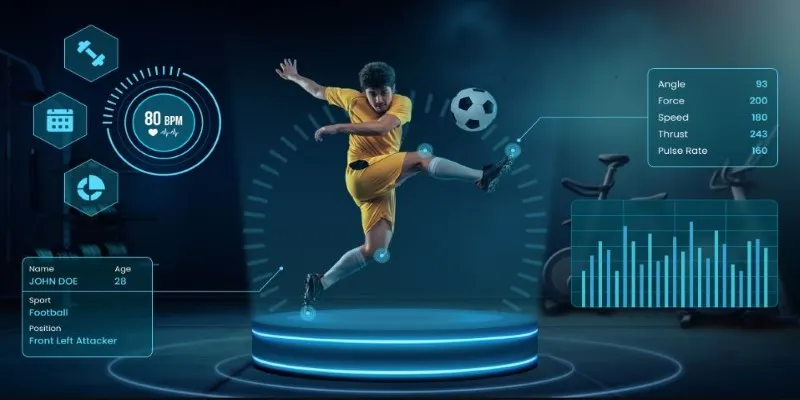
Beyond the field, AI is revolutionizing fan engagement, creating immersive experiences with personalized analytics and predictive insights. As technology advances, AI will continue to refine game strategies, improve player health, and enhance sports entertainment. The role of AI in sports analytics is only expanding, ensuring that teams, athletes, and fans benefit from smarter, more efficient ways to experience the game.
Conclusion
AI in sports analytics is transforming how athletes train, perform, and recover. By leveraging machine learning in sports, teams gain deeper insights, optimize strategies, and prevent injuries with unprecedented accuracy. AI’s role extends beyond professionals, benefiting amateur athletes and everyday fitness enthusiasts. As technology advances, AI will continue to refine performance analysis, game tactics, and player health. With its ability to process vast data instantly, AI is not just enhancing sports—it’s reshaping the way they are played and understood.
 zfn9
zfn9




